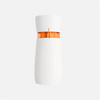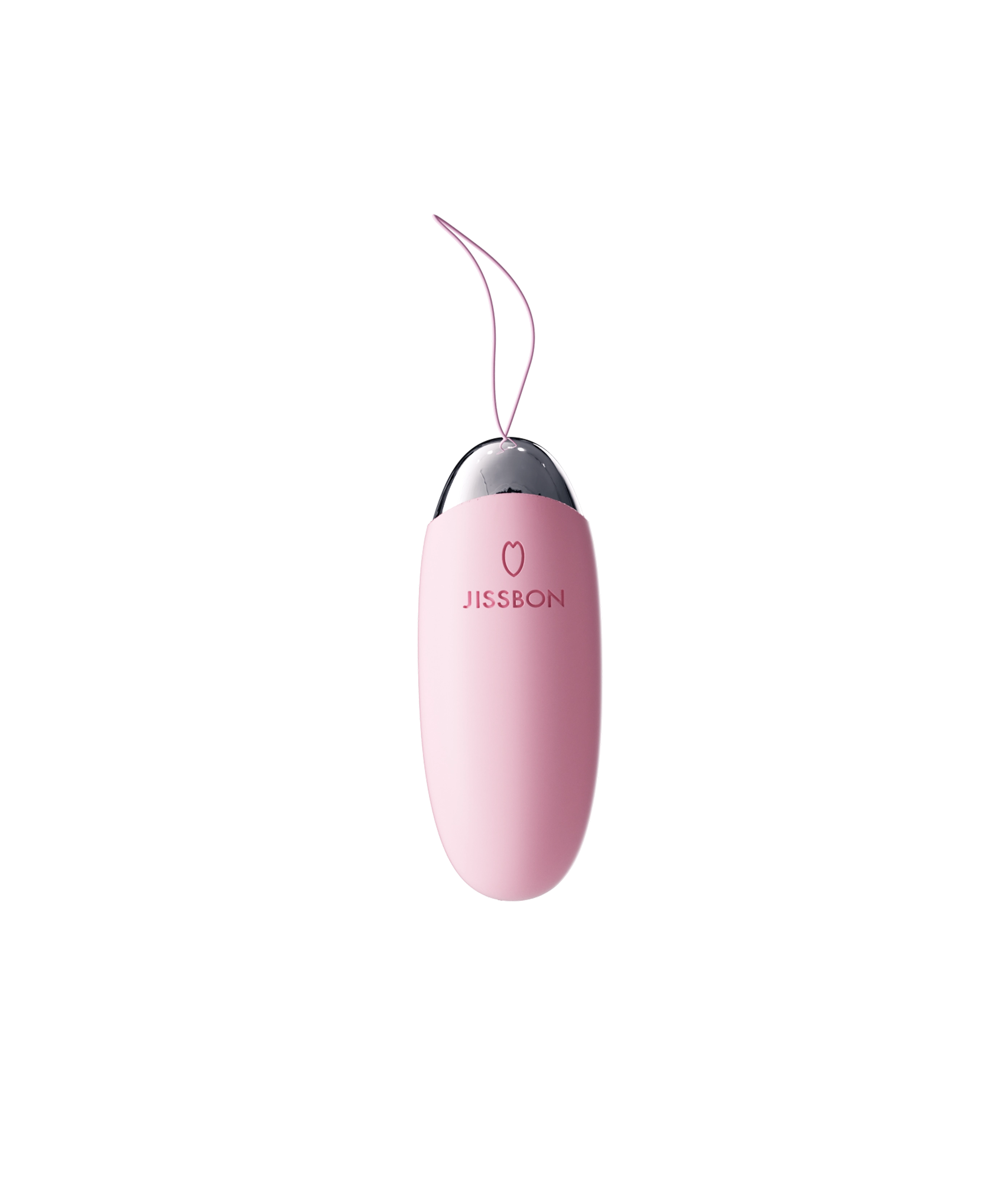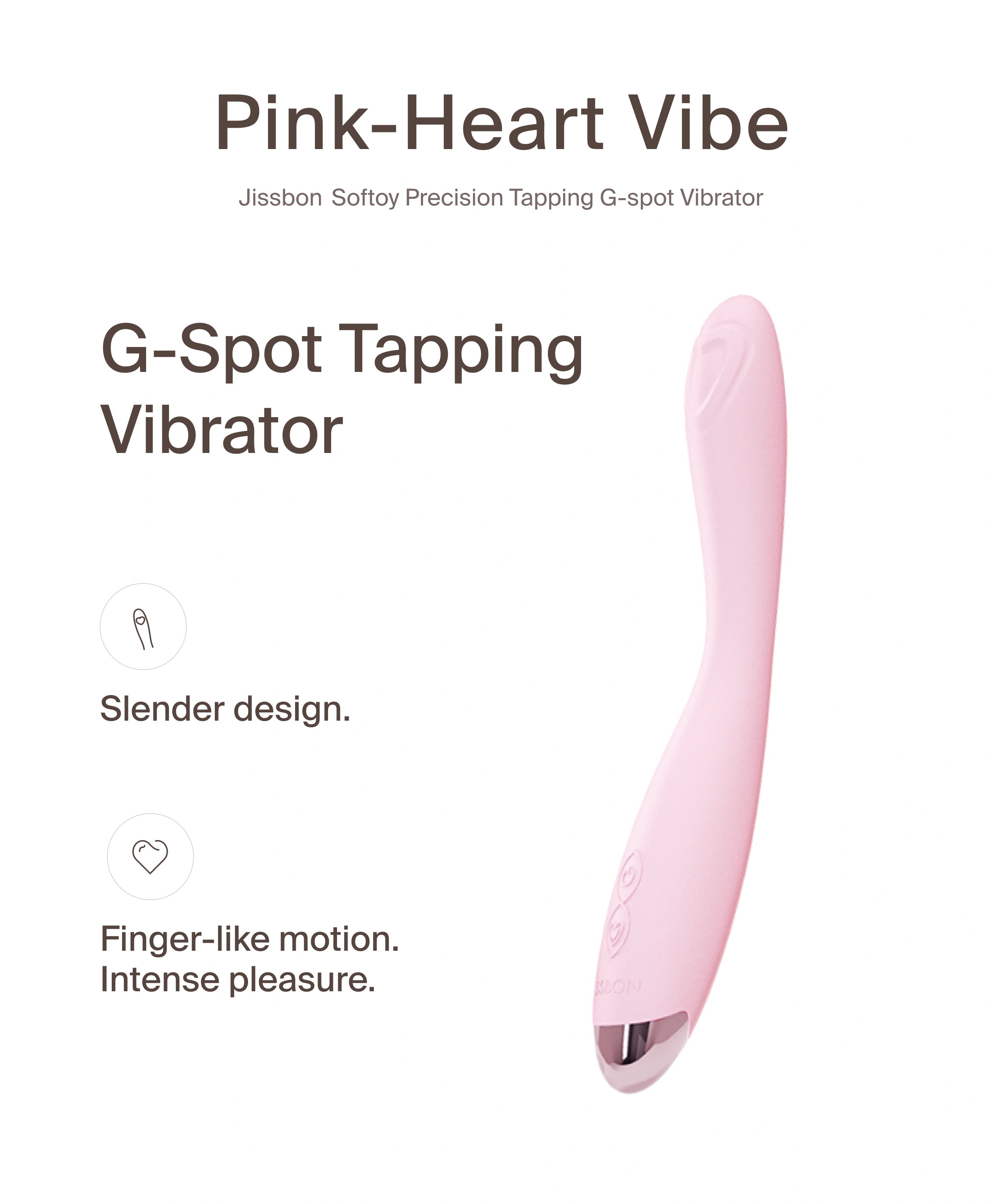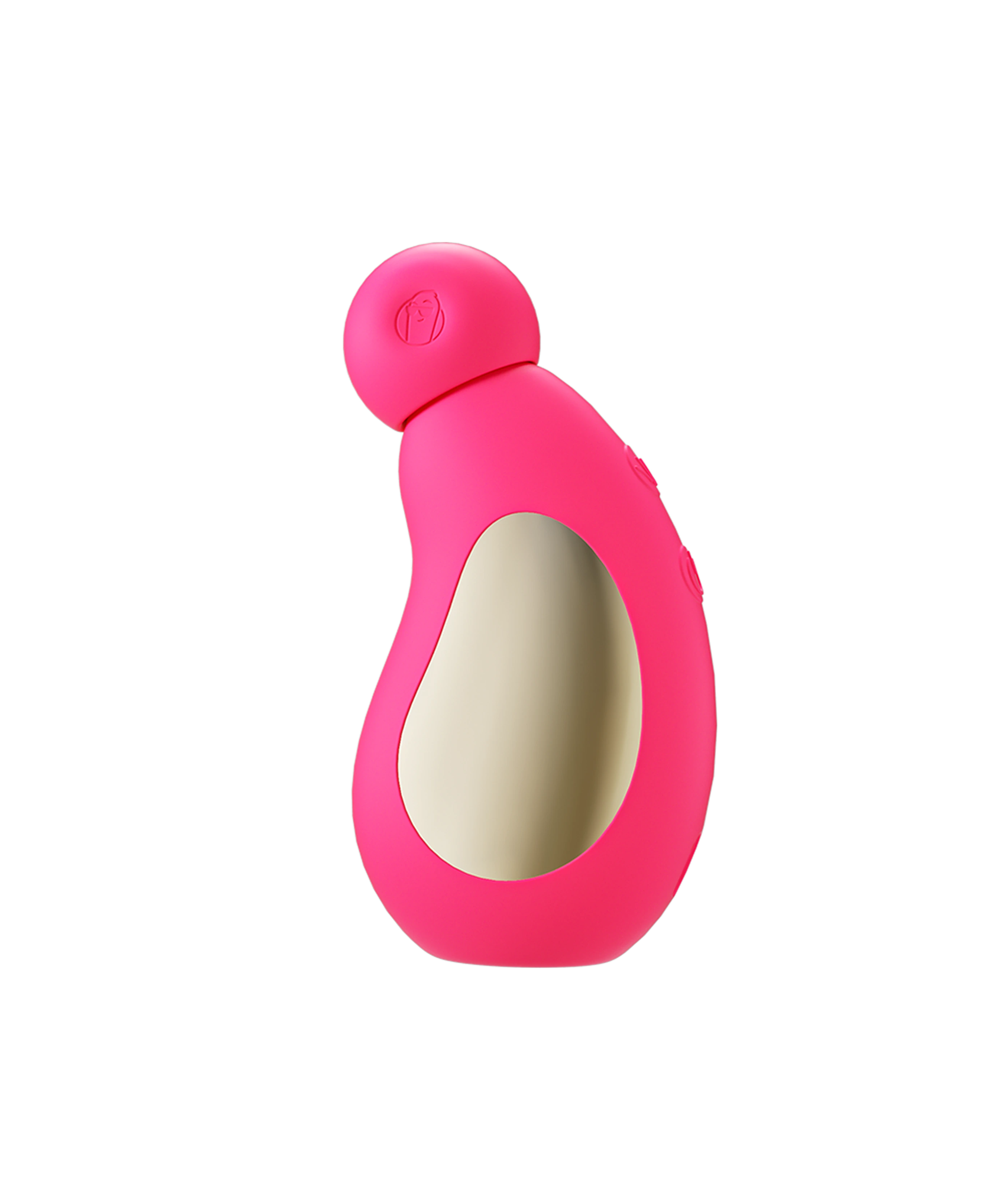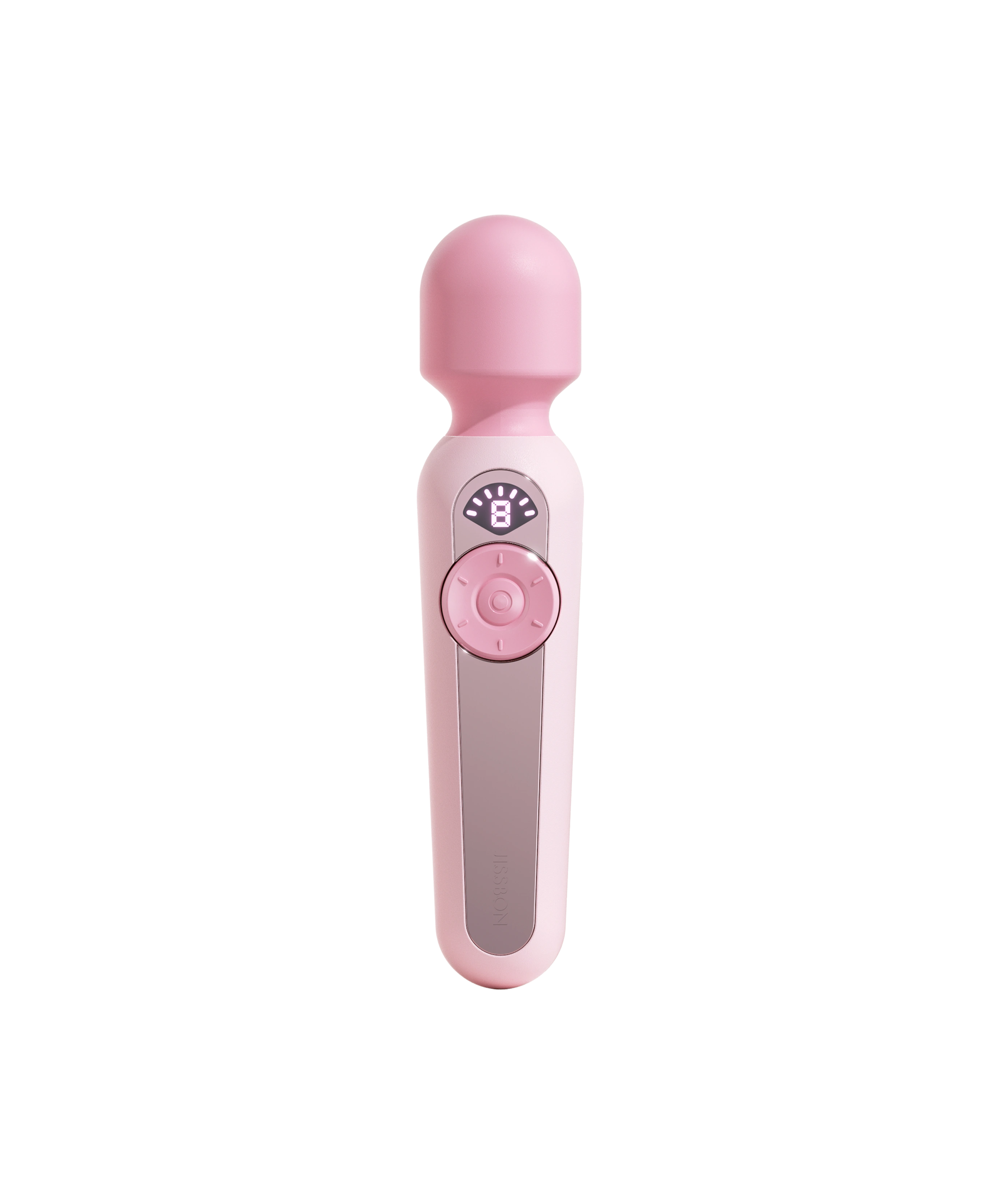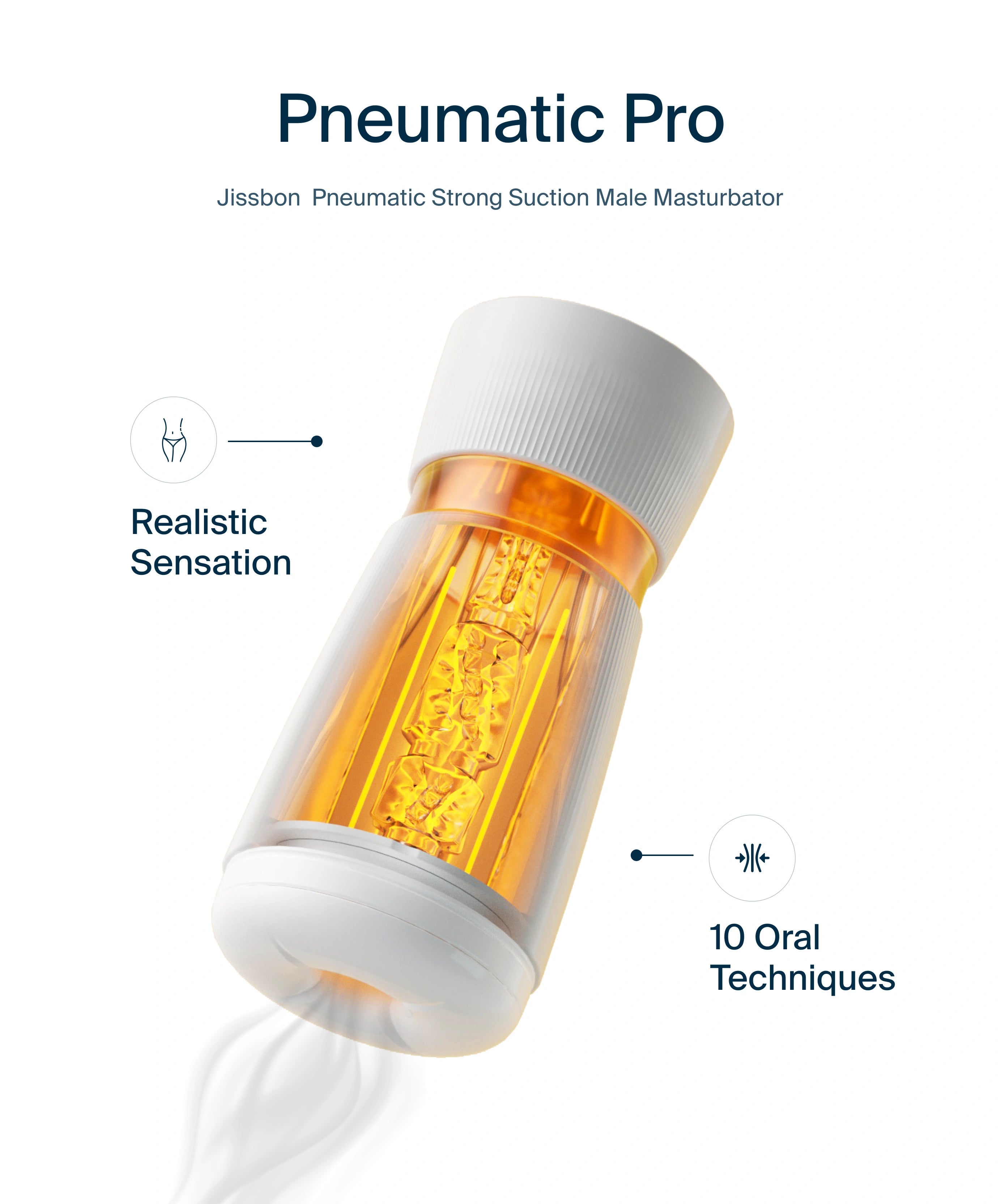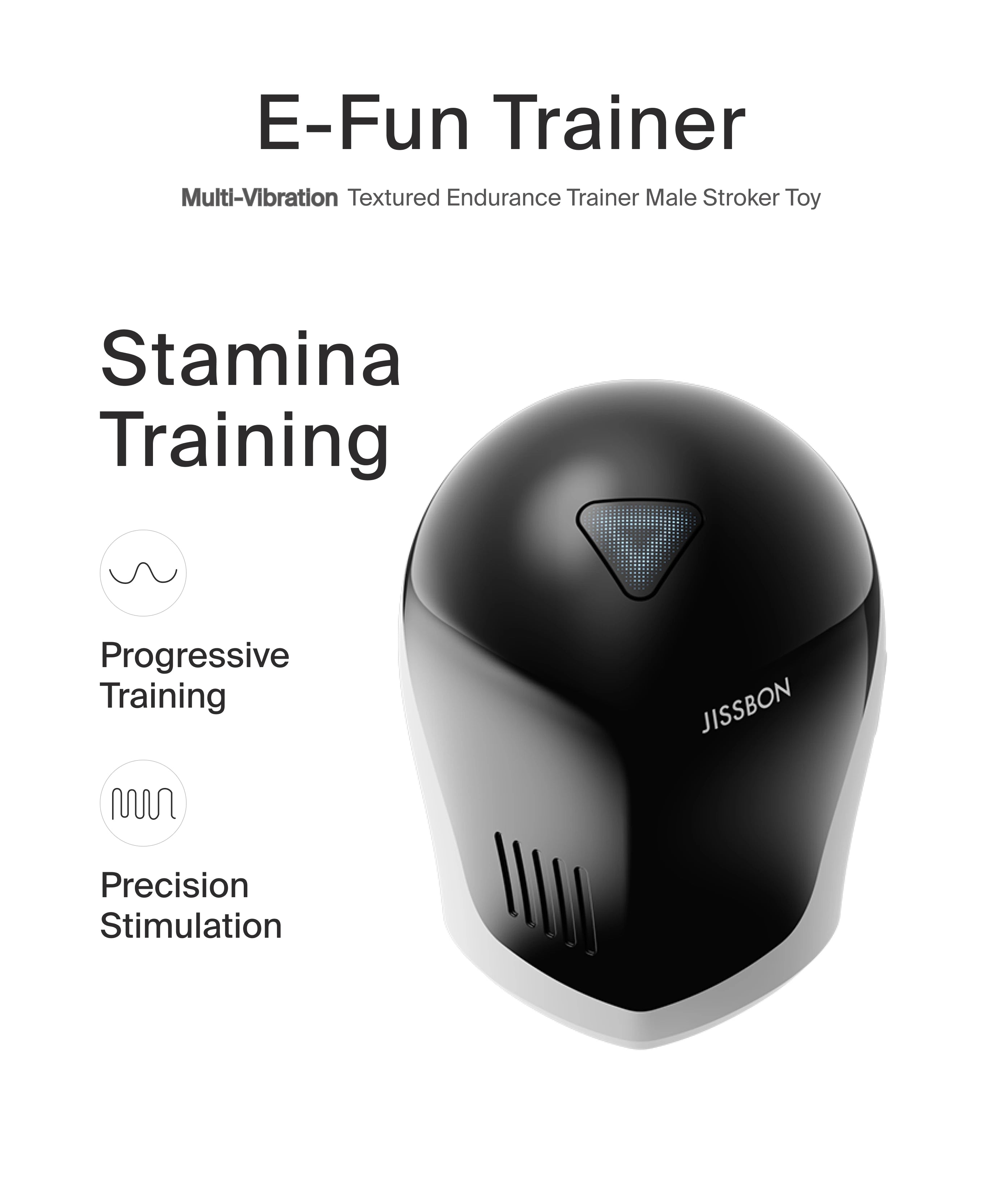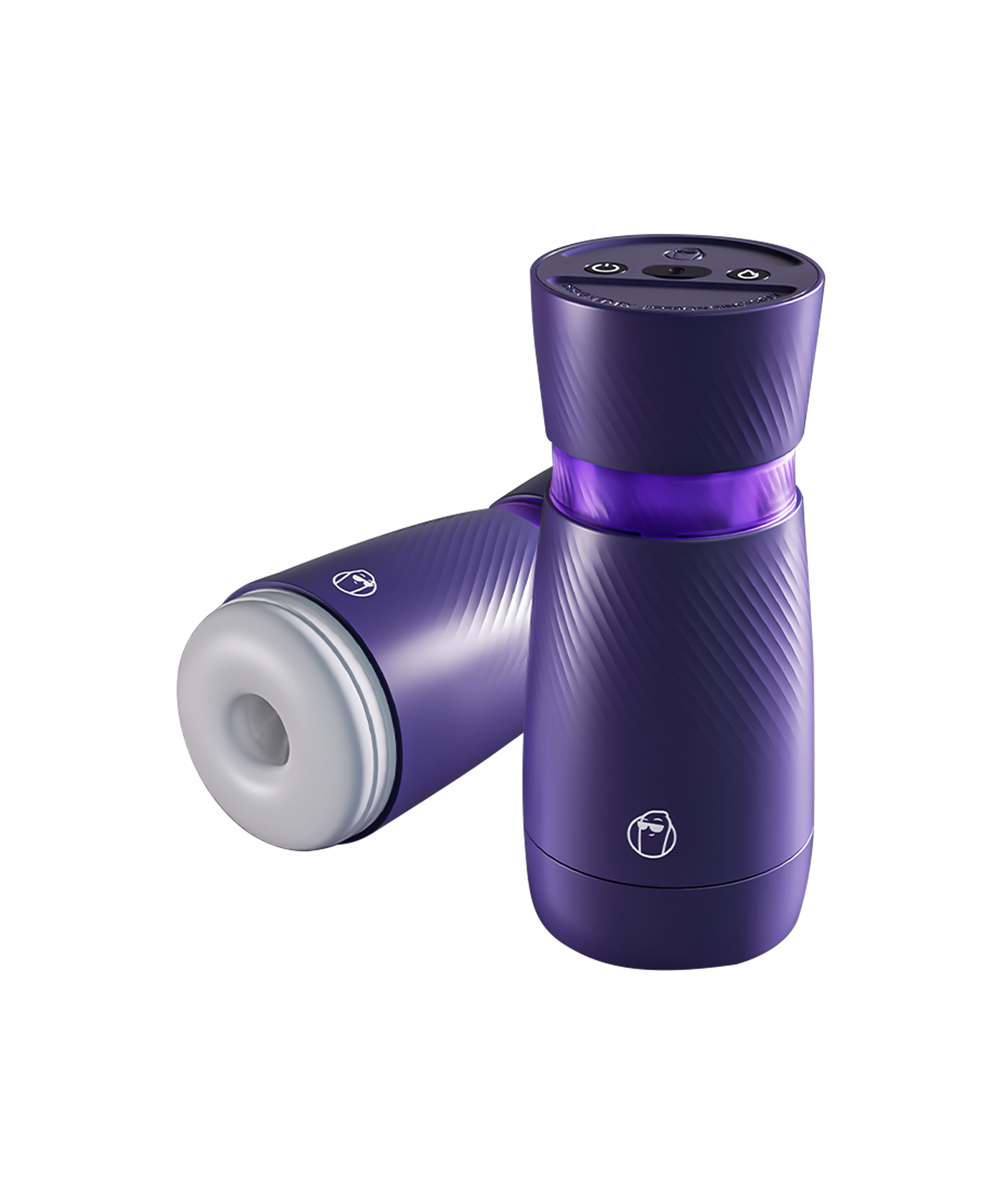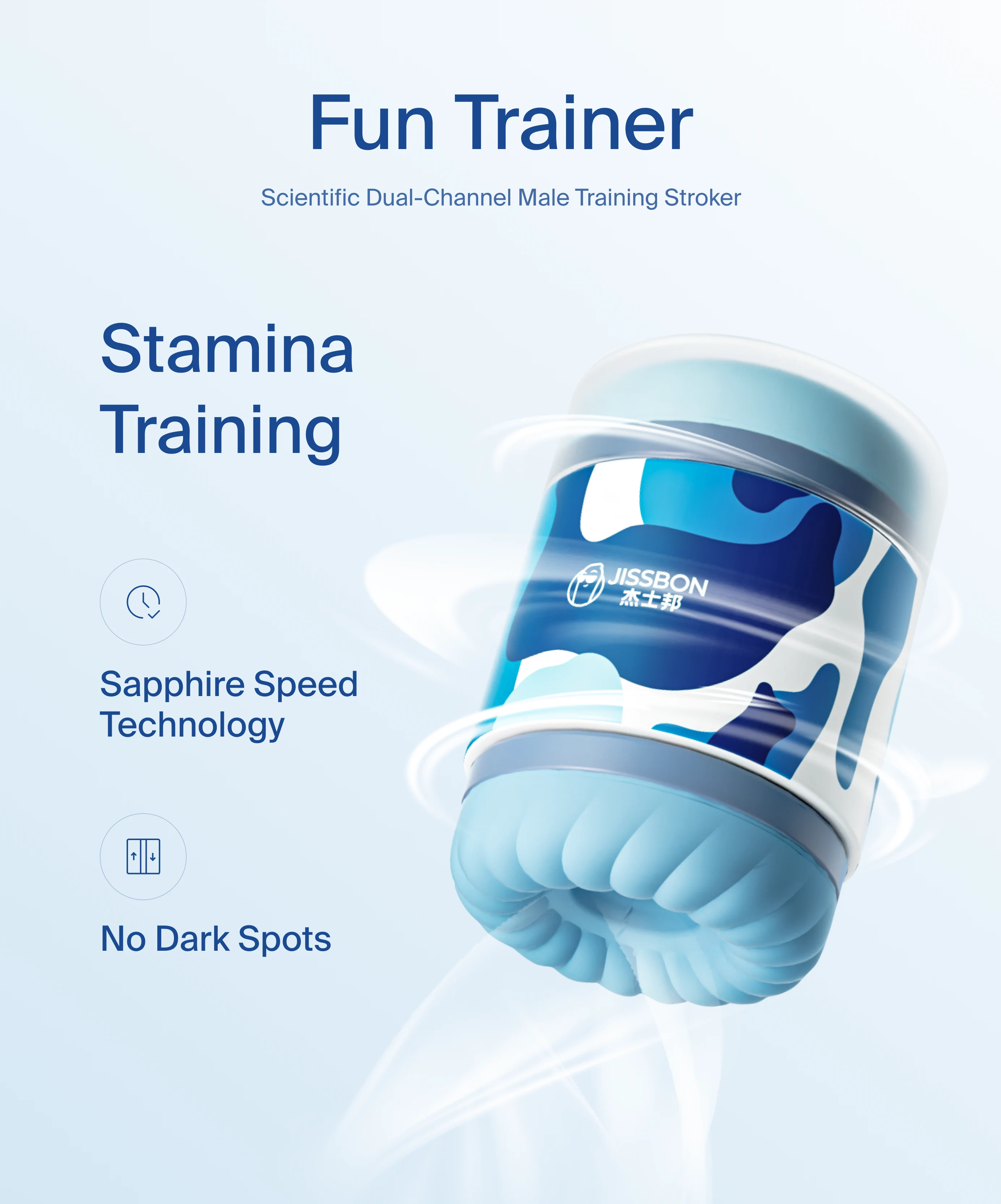I’ve spent years writing about mental health and self‑care, and—honestly—the most overlooked act of self‑compassion I see is giving ourselves permission to want what we want. Sure, we light candles, meditate, and fill journals with gratitude lists. But when it comes to fantasies that color outside society’s lines, we tend to shove them into a “maybe later” box.
Here’s the twist: exploring kink can nurture the very pillars of wellness—self‑knowledge, communication, stress relief, and community. When practiced with curiosity and consent, kink isn’t just “spicy.” It’s restorative. It teaches us to articulate boundaries, inhabit our bodies, and trust another person (or ourselves) with vulnerable parts of our psyche.
So, let’s unpack ten popular kinks, decode what they really communicate, and share pragmatic steps for dipping a toe—sometimes literally—into each one.
Bondage (Feeling Safely Held)
What it is: Using restraints—silky scarves, cuffs, rope—to limit movement.
Why people love it: Contrary to appearances, bondage is less about being trapped and more about feeling secure. For many beginners, the simple act of having wrists gently tied turns down the mental chatter: “I don’t have to do anything right now except feel.”
Wellness angle: Trust + sensory focus. Letting someone cocoon you can replicate the grounding effect of a weighted blanket, only spicier.
Try it:
- Start with breathable fabric ties you can slip out of fast.
- Establish a non‑verbal signal (e.g., dropping a ball) in case words fail.
- De‑brief afterward: What felt relaxing? What felt scary?
I’ve noticed couples who make post‑scene check‑ins a habit communicate better even outside the bedroom.
Impact Play (Craving a Dopamine Rush)
What it is: Spanking, paddling, flogging—any controlled striking of the body.
Why people love it: Rhythmic impact triggers an endorphin cocktail similar to a runner’s high. Those tingles can morph into deep relaxation once the spanking stops.
Wellness angle: Stress release through controlled stimulus. Think of it as a somatic reset button.
Try it:
- Test the intensity on your thigh first to know how each tool feels.
- Warm up with gentle caresses before the first smack.
- Keep coconut oil nearby; hydrated skin stings less and heals faster.
Sensory Deprivation (Turning Up the Inner Volume)
What it is: Blindfolds, earplugs, or even soft hoods that mute one or more senses.
Why people love it: When sight or sound goes offline, every whisper of touch feels 10× louder. You’re forced to surrender to not knowing, which for anxious over‑planners (guilty) can be liberating.
Wellness angle: Mindfulness, minus the phone app. You’re present because you have to be.
Try it:
- Combine a satin blindfold with noise‑canceling headphones playing white noise—you’ll float.
- Agree on a safe word plus a safe touch (two taps).
- Aftercare is key: a calm voice and a blanket re‑anchors the nervous system.
Role Play (Stepping Out of the Everyday Self)
What it is: Adopting characters—teacher/student, knight/royal, alien/astronaut—anything goes.
Why people love it: Role play offers emotional freedom: you can be bold, submissive, bratty, or nurturing without real‑life consequences.
Wellness angle: Creative expression plus empathy practice; you embody another perspective.
Try it:
- Brainstorm scenarios over coffee, not in bed, so no one feels put on the spot.
- Agree on three “yes, and” phrases to keep scenes flowing, e.g., “Show me your homework.”
- Keep a simple prop bag: a necktie, glasses, a clipboard. Imagination does the heavy lifting.
Dominance & Submission (Power Exchange, Not Power Grab)

What it is: One partner (Dom) guides the experience; the other (sub) follows agreed instructions. It’s more about authority than physical restriction.
Why people love it: For subs, surrendering decision‑making quiets mental overload. For Doms, orchestrating a partner’s pleasure can be deeply nurturing.
Wellness angle: Builds radical trust and sharpens communication. You have to articulate needs clearly.
Try it:
- Draft a “Yes/Maybe/No” list. Check free online templates or craft your own.
- Start with subtle directives: “Keep your hands above the duvet.”
- Incorporate a symbol of authority—perhaps that black silk scarf becomes a makeshift “collar.”
Temperature Play (Savoring Contrast)
What it is: Using warm or cool objects—ice cubes, warmed massage stones, temperature‑responsive lube—to create contrast on the skin.
Why people love it: The skin is packed with thermoreceptors. Alternating hot and cool wakes them up in the most delightful way.
Wellness angle: Heightened body awareness & circulation boost. Plus, cold surfaces can soothe inflamed muscles—dual benefit.
Try it:
- Hold a metal spoon in ice water, then trace it across the inner wrist. If that thrill excites you, graduate to more erogenous zones.
- Dip a waterproof bullet (like the Invisible Pink from Jissbon’s wellness‑oriented vibrators) in warm water for 30 seconds and enjoy the glow.
- Keep a fluffy towel handy so you can re‑warm quickly if you get too chilly.
Voyeurism & Exhibitionism (Being Seen, Seeing Anew)

What it is: Deriving arousal from watching or being watched. For many beginners, it’s as simple as filming yourselves (for private viewing only) or leaving the curtains almost closed.
Why people love it: The thrill comes from spotlighting desire—“I’m wanted” or “I’m watching something forbidden.”
Wellness angle: Body acceptance. Seeing yourself through a lover’s gaze can rewrite critical self‑talk.
Try it:
- Use a mirror at the end of the bed. Look, don’t judge.
- Narrate what you see in positive, descriptive language. No commentary about “problem areas.”
- Delete any recordings immediately unless both of you enthusiastically want to keep them.
Edging / Tease & Denial (Stretching the Pleasure Band)
What it is: Bringing yourself or a partner to the brink of orgasm, then backing off—sometimes multiple times before release.
Why people love it: Holding back amplifies dopamine, making the final climax fireworks‑level intense.
Wellness angle: Teaches patience and bodily awareness, two skills that spill into daily life.
Try it:
- Use a timer: three minutes of stimulation, two minutes of cool‑down. Rinse, repeat.
- Blend in a low‑buzz egg vibe like Honey Peach from Jissbon’s women’s wellness toys to keep arousal simmering.
- Agree ahead of time who controls the pace—remote‑control vibes make this playful.
Foot Fetish (Focusing on an Overlooked Zone)
What it is: Heightened attraction to feet, shoes, or socks.
Why people love it: The foot has over 7,000 nerve endings. Plus, focusing on a “forbidden” area throws novelty into overdrive.
Wellness angle: Mindful touch. Massaging arches with intention doubles as stress relief.
Try it:
- Begin with a peppermint foot soak to awaken nerve endings.
- Trade slow, firm massages with scented lotion. Ask for feedback: more pressure? Softer?
- If worshipping, kiss the instep first—gentle, exploratory—before graduating to toes. Keep it respectful; no one likes a surprise lick.
Fabric & Latex Fetish (Texture as Turn‑On)
- What it is: Arousal from the feel, sound, or look of specific materials—silk, lace, latex, leather.
- Why people love it: Texture feeds the tactile brain. Latex hugs every curve; lace breathes; leather smells like rebellion.
- Wellness angle: Sensory grounding. Concentrating on texture pulls focus away from racing thoughts.
Try it:
- Swipe a silk scarf across the inside of your elbow—notice the goosebumps?
- Invest in entry‑level latex gloves before splurging on a full outfit. Use talc or silicone lube to slide them on comfortably.
- Clean specialty fabrics as directed; treating your gear with care reinforces self‑respect.
Navigating Kink Safely & Sustainably
- Education first. Podcasts, books, and beginner workshops build confidence and vocabulary.
- Talk more than you play. Two minutes of negotiation saves hours of confusion.
- Use the traffic‑light system. “Green” = keep going, “Yellow” = slow/adjust, “Red” = stop now.
- Prioritize aftercare. A cuddle, a glass of water, soft words—this is where the nervous system re‑regulates and intimacy deepens.
- Invest in body‑safe tools. Medical‑grade silicone, stainless steel, or natural fiber rope. Know your materials.
- Mind the mental health check. If a scene leaves you anxious or low, pause and process before diving in again. Therapy‑savvy kink communities exist; don’t be afraid to seek them out.
Bringing It All Together
Exploring kink isn’t about collecting exotic acts like merit badges. It’s about discovering what sensations, stories, and power dynamics help you feel most alive. When approached with respect and curiosity, each kink is a practice in radical self‑care.
So, pick one that piqued your interest. Share this guide with a trusted partner or keep it as a personal roadmap. Then schedule a “kink‑planning coffee date.” Outline boundaries, grab any essentials (silky ties, a body‑safe vibe, a towel for spontaneous temperature play), and treat the first attempt as an experiment, not a performance.
Remember: your desires are not demands; they’re invitations—to learn, to connect, to heal. Accepting them might just be the most profound act of wellness you offer yourself this year.
Frequently Asked Questions:
Is it normal to have kinks?
Completely. Research shows that most people have at least one kink or sexual interest that falls outside the “vanilla” norm. Fantasies are part of human sexuality—they’re not weird, they’re wired. What matters is how you explore them: with consent, communication, and mutual curiosity.
What’s the difference between a kink and a fetish?
A kink is any sexual interest or behavior that adds intensity, creativity, or non-traditional dynamics to pleasure. A fetish is typically a more specific or essential attraction to a particular object, sensation, or body part—like latex, feet, or leather. Both are totally valid and often overlap.
How do I talk to my partner about a kink I’m curious about?
Start outside the bedroom—maybe over coffee or during a walk. Try language like:
“I read something that intrigued me—can I share it with you?”
“Would you be open to exploring a new sensation or dynamic together?”
“What are three things you’ve never tried but are curious about?”
Keep it light, open-ended, and low-pressure. Remember: it’s an invitation, not a demand.
Is kink always sexual?
Not always. Some people enjoy sensations, power dynamics, or emotional intensity that don’t involve sex or nudity. Kink can be deeply intimate, even meditative, without being overtly sexual. It’s about connection, not just climax.
Read more

Wellness isn’t only kale smoothies and 10 k steps—real self‑care also means staying connected to pleasure. Yet the moment we hit the big “5‑0,” society starts whispering that our libidos retire wit...

You’ve probably heard of VR gaming or 3D movies. But have you ever thought about having sex in virtual reality? Sounds wild, right? Well, it’s not just a futuristic idea anymore. VR sex is becomin...














